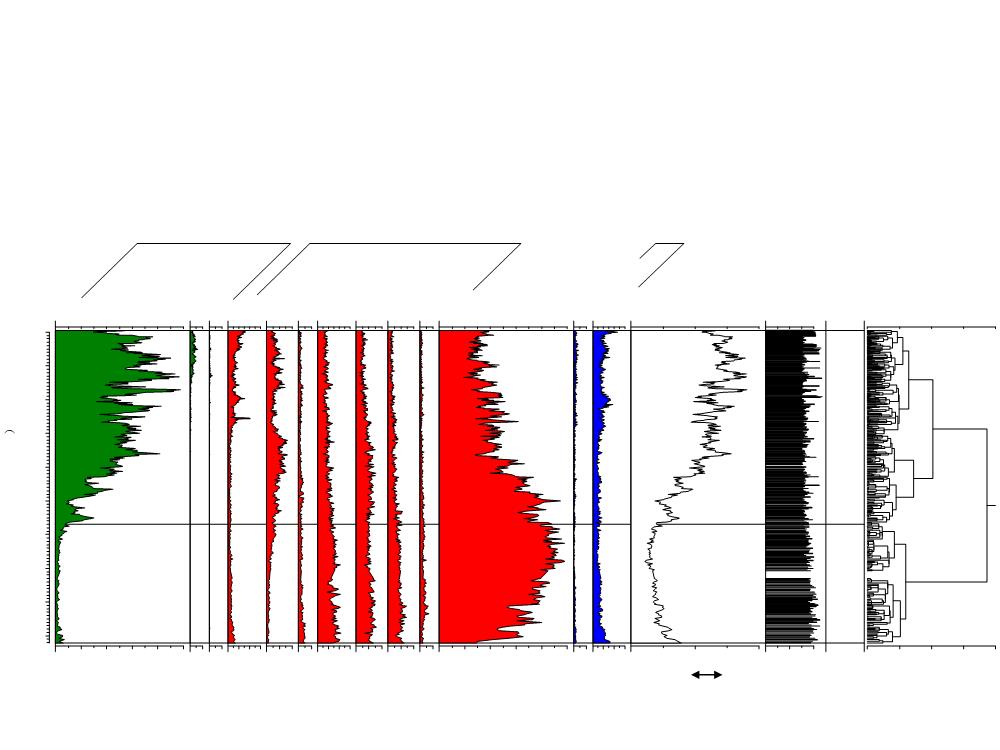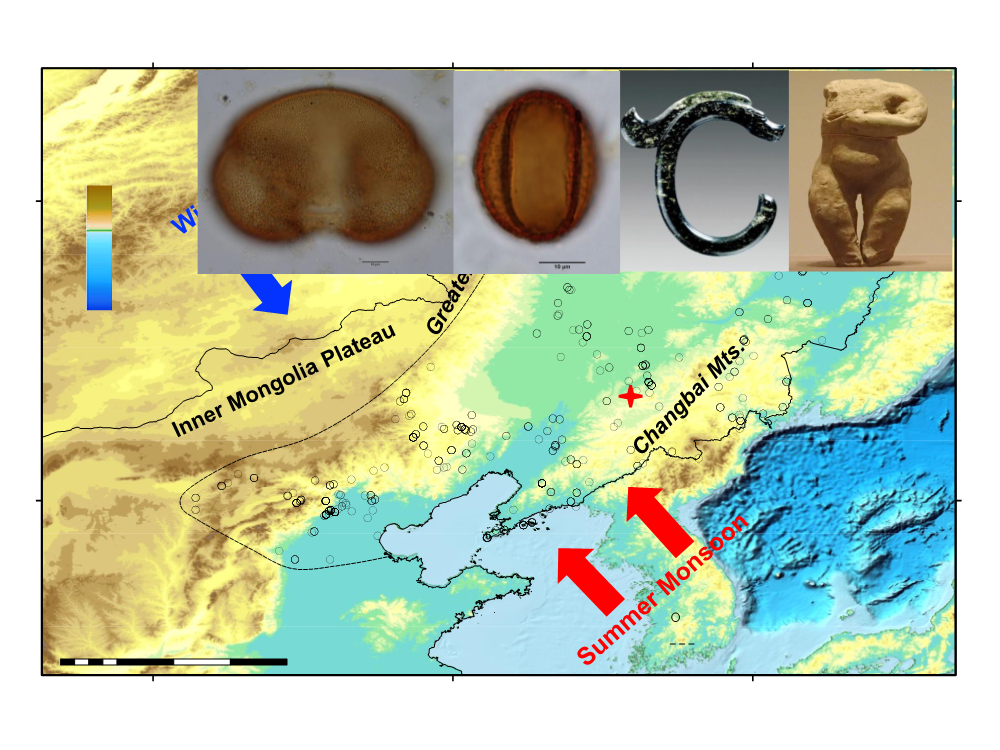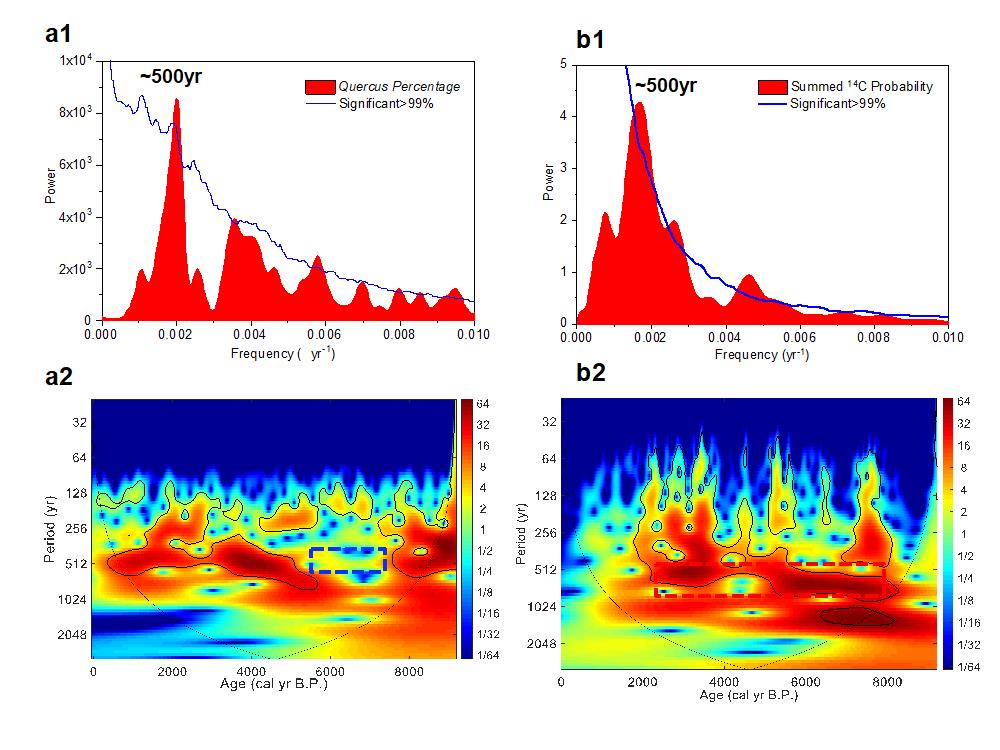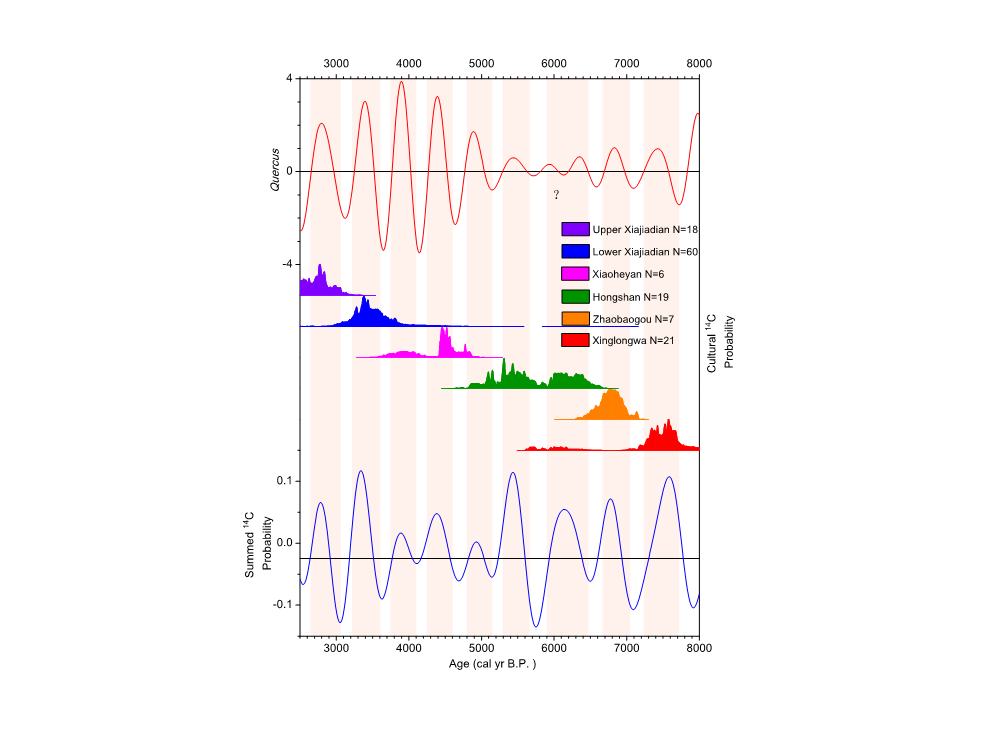We often marvel at how ancient people enjoyed good food, clothes, and flourishing, innovative civilizations and thus feel pity that such prosperity eventually faded. Looking at the rise and fall of early cultures, we also can’t help but ask why. While factors such as corruption, riots and foreign invasion may have played a role in the rise of ancient civilizations, a new study suggests that climate change may have triggered the emergence and disappearance of prehistoric civilizations.
Specifically, the study suggests that the development of some cultural groups in Northeast Asia in the Holocene Epoch, which began roughly 12,000 years ago, could have been driven by dramatic shifts in the region’s weather conditions. The research, published in Nature Communications, was led by Houyuan Lu and Deke Xu, scientists at the Institute of Geology and Geophysics of the Chinese Academy of Sciences (IGGCAS).
The team analyzed the Holocene pollen record (Fig. 1) collected from a crater lake in Northeast China. The growth of plants and forests is reflected in the record, providing an opportunity to understand local climate changes on centennial and millennial timescales. Human activity, on the other hand, is shown in data from the region’s archeological sites (Fig. 2). By comparing these two sets of data, the researchers discovered a 500-year cycle of climate change and human activity (Fig. 3 and Fig. 4). According to the study, under warm and wet conditions, human population expanded, cultivated crops and livestock increased, religious buildings emerged and elite ritual powers rose. In contrast, under cold and dry conditions, the opposite was true. Notably, major cultural transitions occurred just as major climate changes took place.
“Our findings provide insights into the long-term inter-relationship between cyclical centennial-scale climate change and prehistoric human activities in the East Asian Monsoon Region,” the authors wrote.
The research was supported by the Second Tibetan Plateau Scientific Expedition and Research, a TPE-related science project.

Fig. 1. Pollen diagram of major pollen types and PCA F1 sample scores for Lake Xiaolongwan.

Fig. 2. Locations of Maar Lake Xiaolongwan (red star) and radiocarbon dates from Neolithic archeological sites in NE China (open circles).

Fig. 3. Results of time-series analysis of the Quercus and SCP for NE China.

Fig. 4. Comparison of the detrended Quercus record (EASM proxy) with detrended 14C probability.



